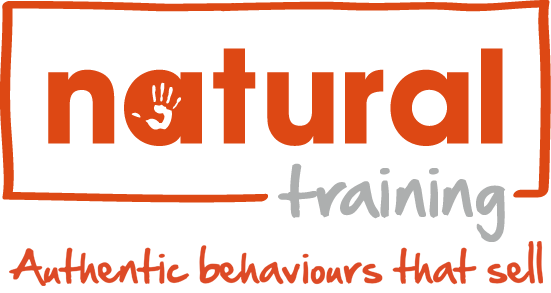5 Ways To Make Your Pitch Seem Unrehearsed
“We loved your pitch because it didn’t feel overly rehearsed”.
Recently a client of ours, a global insurance firm, went through our pitching skills training, and received some feedback from their prospect when they put our techniques into action;
“We loved your pitch because it didn’t feel overly rehearsed”.
We took this as a great compliment because at the heart of the Natural philosophy is that all pitches should feel human and warm.
But, how could this be? We had spent a day training this pitch in order to make it seem unrehearsed! Well the secret sauce was that our training keeps your presentation natural.
Firstly, we help you understand and emphasise your natural strengths so you present as an authentic version of yourself. We rehearse high-level points but never a word for word version of the pitch, and instead train on improvisation.
If you know your high-level points and the flow as you move from one to another then you could give the presentation 100 times and each time will be slightly different and will feel natural and authentic to the audience, because it is!
So, here’s 5 ways to make your pitch seem unrehearsed and natural, yet still wow your prospects:
1. Understand your natural strengths and style
A lot of the time when people present they become a different person. They think about how they “should” stand and what they “should” say and do, and in doing so lose all of what makes them so great… their personality!
To understand your own natural style, think about a time when you were doing something you loved. Now video yourself for two minutes, as if you were telling this story to your best friend. What comes out here, is your natural style. Keep as much of this enthusiasm and passion as you can when you are pitching; this is you at your most natural!
2. Focus on your Client
Part of the reason people prepare a script (and it ends up looking unnatural) is that the presenter believes that the spotlight is focused on them. This actually creates a lot of pressure for the presenter and is where most nerves come from.
Instead, shift the spotlight on to the customer.
Profile every member of your prospect’s team. What are they interested in? What motivates them? What do they most and least want to hear.
If you don’t know the answer to any of these questions then it’s a great opportunity to ask them beforehand. It will show that you are really keen for the work and want to get your pitch tailored to their exact needs.
Once you know what it is they want, you can prepare simple questions to ask your audience, so you can check-in and make the presentation a two-way dialogue. This will increase interest in your presentation, retain attention spans and make your pitch less about you… and therefore sound way less scripted.
3. Map out your high-level points
Next, with the audience’s needs and wants at the forefront of your mind, ask yourself what action do you want them to take at the end of the pitch? Do you want them to start working with you? If so… how many orders? When? Be specific!
Next, map out your pitch around the reasons why they should take that action, making sure each one ties back to a value they possess.
Be brutal with this, you may have 100 wonderful reasons why you’re the best company for the job but if it doesn’t match one of their values from your profiling session, ditch it!
Once you have established 3-5 solid reasons why, make these the structure of your presentation. These are your high-level points. Memorise these, and keep coming back to them.
4. Improvise around your high-level points
Once you have your key points, then practice talking around them. Have lots of fun with this! Practice telling stories that relate to the key points. Rehearse different language patterns in delivering the same message. Try talking in different accents. Slow your speed right down, then make it faster. Walk around the room as you speak, touching everything you see. Experiment with long pauses. Smile. Get used to improvisation!
Once you become confident delivering the same stories in different ways, when you do it live you will do so in a way that is naturally the most comfortable for you.
5. Always bring it back to the point
Every time you improvise and go into an explanation, example or story around one of your key points, be sure to bring it back to the key point at the end.
This is great for two reasons. Firstly, repetition is key to a memorable and unscripted presentation. Even if it feels like you’re repeating yourself, it won’t to them.
And secondly, it is great for your confidence, because even if you get lost in your explanation, you can find your way back to purpose of the presentation by bringing it back to the key point.
Finally, don’t forget to highlight the action that you want them to take at the end of the pitch. Don’t let the pitch peter out into nothing. Firmly outline your action point and next steps and don’t be surprised when audiences start taking them.
So, in summary, in order to create a pitch that seems natural and unrehearsed, don’t practice word for word so that it sounds like a script. Understand and emphasise your natural strengths and practice improvising around your high-level key points. This will allow you to pitch in a way that feels authentic and ultimately converts more prospects into quality clients.
If you would like to talk more about how we help our our clients create winning, natural pitches, then please get in touch.
Got a comment?
Catch us on Social Media and join the discussion!


